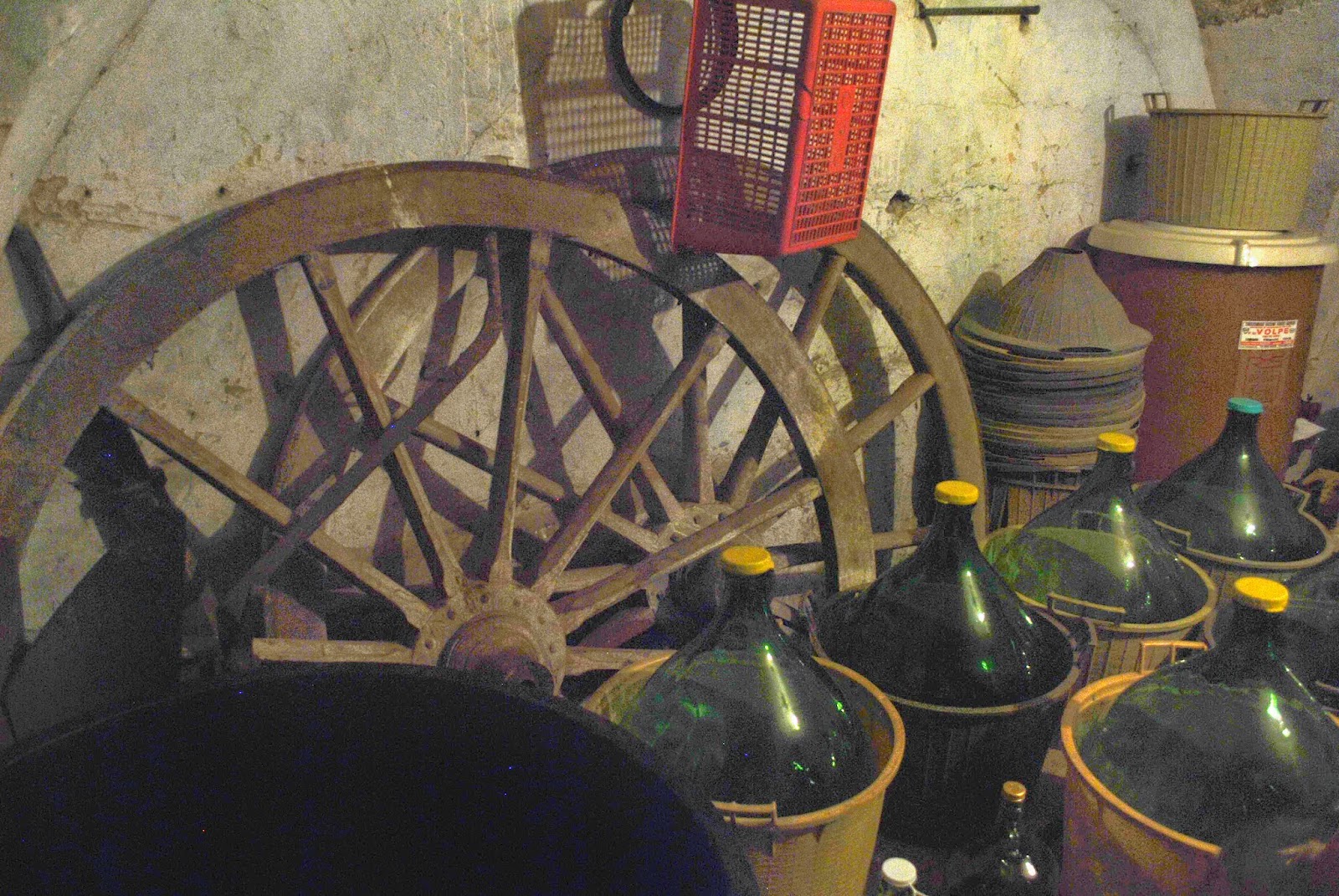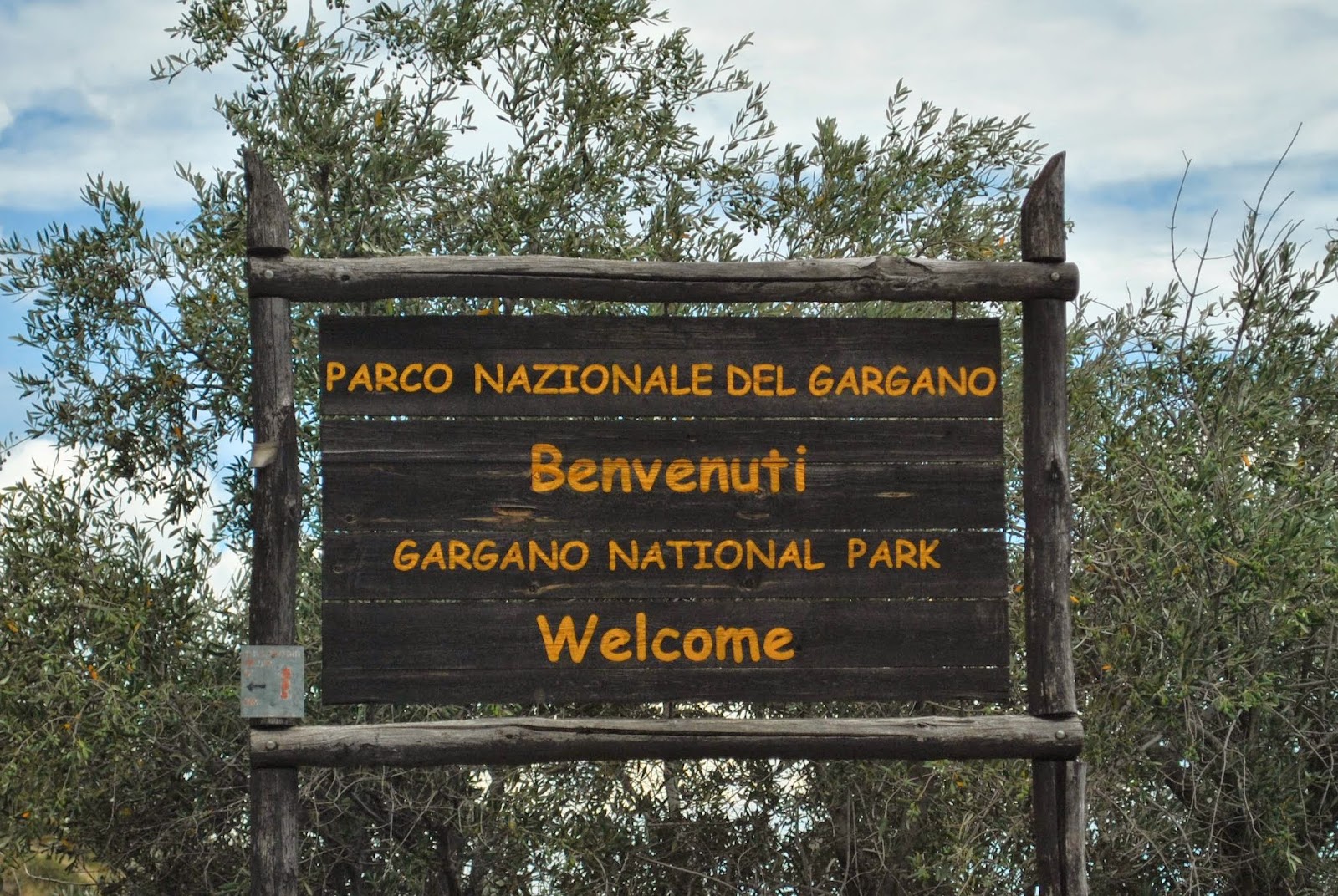An old
friend of mine would have got married the day after, so I participated in his
stag party.
Therefore, we
went to the Casbah, a nice disco pub in Siponto, one mile far from Manfredonia.
Manfredonia
takes its name by the King who founded it: Manfred King of Sicily, son of
Friedrick II of Hohenstaufen.
It is a sea town. It has one of the biggest fishing fleet in Italy: 250 fishing boats.
It is probably the most vibrant city within the province of Foggia.
If you take a walk along Corso Manfredi, you will find people walking and chatting at any time.
If you go to Manfredonia, I highly recommend you to visit the MAD (Archeological Museum of Daunia), which is hosted within the Swabian-Angevin castle.
The Daunians originally came from a region in the western part of the Balkan Peninsula inhabited by the Illyrians.
Around Manfredonia, there are two churches, brilliant examples of the Romanico Pugliese art.
The Romanico
Pugliese is the synthesis of Romanic art which took place in Europe, combined
with Arabic and Byzantine arts.
For this reason, Apulia may rightly be considered the “European bridge to the Middle East”.
For this reason, Apulia may rightly be considered the “European bridge to the Middle East”.
Completed in the 12th century, It is considered the first example of Romanico Pugliese.
This church
has typical elements of Arabic and Armenian arts.
The second church is the S. Leonard’s abbey, built up in the 12th century, probably by the Templar Order.
Within the church, you can see cross paintings, which recall the Knights of the Teutonic Order (German medieval military order) which ruled the abbey from 1261 till 1475.
The most fascinating elements of the church are two gnomon holes.
So, Every year, a unique astronomical phenomenon occurs on the 21st of June (summer solstice) and on the 22nd of September (autumnal equinox).
In the summer solstice, at 12:58, when the sun reachs the zenit, the light goes through a gnomon hole, painting on the ground a flower of eleven petals.
According to the Cabala, 11 symbolizes strenght and light, both the qualities are obviously referred to God.

In the autumnal equinox, the sun light goes through a second gnomon, painting an almond, which according to the Christian tradition symobilzes the Virgin Mary.
Currently, works in progress are being carried out. So if you wish to visit it, I'd suggest you to e-mail to s.leonardo.manfredonia@iricostruttori.com
If you wish to view more pics, please click here
Blessings























































